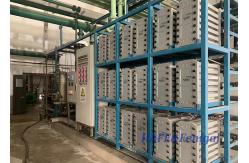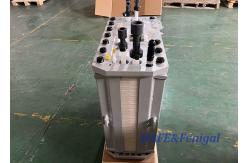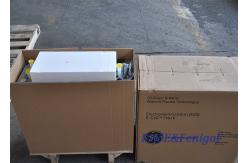VEOLIA EDI MK-7 Module Continuous Electrodeionization EDI Stack
|
|
VEOLIA EDI MK-7 Module Continuous Electrodeionization EDI Stack
General Description
Features: (1) Higher and stable quality water product;
Typical Applications
Quality Assurance
Notes: 1. Actual performance may vary depending on site conditions. Reference Winflows projection software to verify expected product water quality as well as the resistivity, sodium, and silica performance guarantees that are offered for the design conditions. To obtain boron or other guarantees, contact Veolia. 2. Inlet pressure is determined by the downstream pressure requirements for the product and concentrate streams, the choice of counter-current or co-current operation, and stack pressure drop. 3. At nominal flow and 25°C. Reference Winflows projection software to verify for design conditions. 4. Reference the Winflows projection software and the E-Cell Stack Owner’s Manual to verify feed water specifications for the design conditions. 5. TEA (ppm as CaCO3) - Total Exchangeable Anion, this represents the concentration of all of the anions present in the feed water including contributions from OH- , CO2 and SiO2. Winflows must be used to confirm the feed water TEA is acceptable at the specific applications’ operating conditions. Table value is at minimum flow and maximum temperature. 6. 1.0 ppm as CaCO3 feed water hardness limit applies to standard counter-current flow operation only. Allowable feed water hardness decreases to 0.1 ppm as CaCO3 in co-current flow operation. 7. Allowable silica limit decreases above 5 m3 /h flow. Allowable silica limit decreases to 0.5 ppm with feedwater hardness above 0.5 ppm as CaCO3. 8. The boron feed level is limited to 0.3 ppm as B whenever there is a silica guarantee requirement or resistivity guarantee requirement above 10 MOhm-cm, as higher boron levels could impact performance. Without these requirements the limit is 1.0 ppm boron. 9. Reverse Osmosis (RO) or equivalent feed water: RO provides EDI feed water that is substantially free of particulate matter, colloidal material and high molecular weight organic substances, which can foul ion exchange media. RO permeate quality is specified since EDI stacks contain packed beds of ion exchange medium that cannot be backwashed/fluidized to remove particulate matter. Systems with an open system between a RO system (or other source) and E-Cell (ex. tank, decarbonator) must be fitted with filters immediately preceding the E-Cell, to protect the E-Cell against contamination with particulate matter. Generally, a 5 µm absolute or 1 µm nominal filter will be acceptable. 10.APHA - color standard/scale named for the American Public Health Association and defined by ASTM D1209.Veolia Water Technologies |
||||||||||
| Product Tags: edi module water treatment electrodeionization module water treatment edi modules | ||||||||||
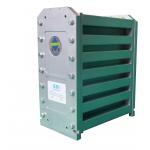
|
3000L/H 5000L/H Industrial EDI Membrane Module LCM Series |
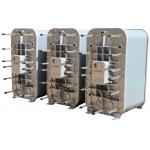
|
500L/H-7000L/H LCX Series Industrial General EDI Modules |
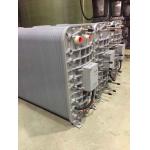
|
Ionpure CEDI LX-Z IP-LXM18Z-5 For Industrial |
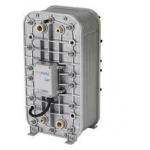
|
Ionpure CEDI LX-Z IP-LXM04Z-5 For Laboratory Ultrapure Water Systems |
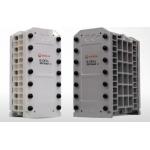
|
8.0m3/h Veolia MK-9 Suez EDI Stacks Boiler Feed Water For Power Plants |
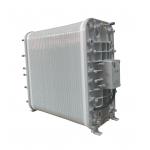
|
500L/H--5000L/H High Temperature Sterilization Type EDI Modules LCX-H Series |

